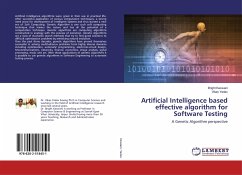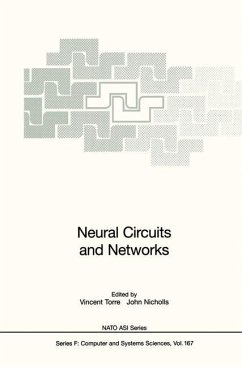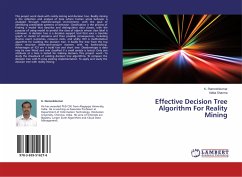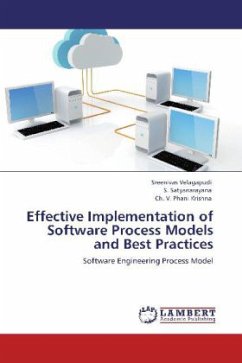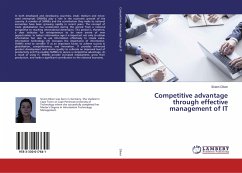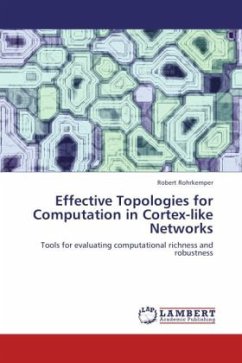
Effective Topologies for Computation in Cortex-like Networks
Tools for evaluating computational richness and robustness
Versandkostenfrei!
Versandfertig in 6-10 Tagen
52,99 €
inkl. MwSt.

PAYBACK Punkte
26 °P sammeln!
A principle goal of Neuroscience is to understand how brain-like computations are enabled by the structure of the cortex. Complex developmental processes required to build and maintain the cortex point to the importance of the brain s structural properties. During development, significant resources, time, and energy are required suggesting a need to optimize to build the best structure possible. In this work, tools have been developed based on state transition analysis for understanding when computational performance is enhanced by changes in the topology. A dynamic state is defined as the set...
A principle goal of Neuroscience is to understand how brain-like computations are enabled by the structure of the cortex. Complex developmental processes required to build and maintain the cortex point to the importance of the brain s structural properties. During development, significant resources, time, and energy are required suggesting a need to optimize to build the best structure possible. In this work, tools have been developed based on state transition analysis for understanding when computational performance is enhanced by changes in the topology. A dynamic state is defined as the set of neurons that are active at any moment. This state changes as neurons are affected by external and recurrent inputs. In these reservoirs of linear-threshold neurons, performance can be optimized by evaluating the learning capacity of a network when parameters are changed. It is demonstrated that both having more unique states and more transitions between these states will improve the ability of the network to learn and match a target signal with a higher precision. These results allow for optimizing the computational abilities of a small group of neurons by changing the network topology.





